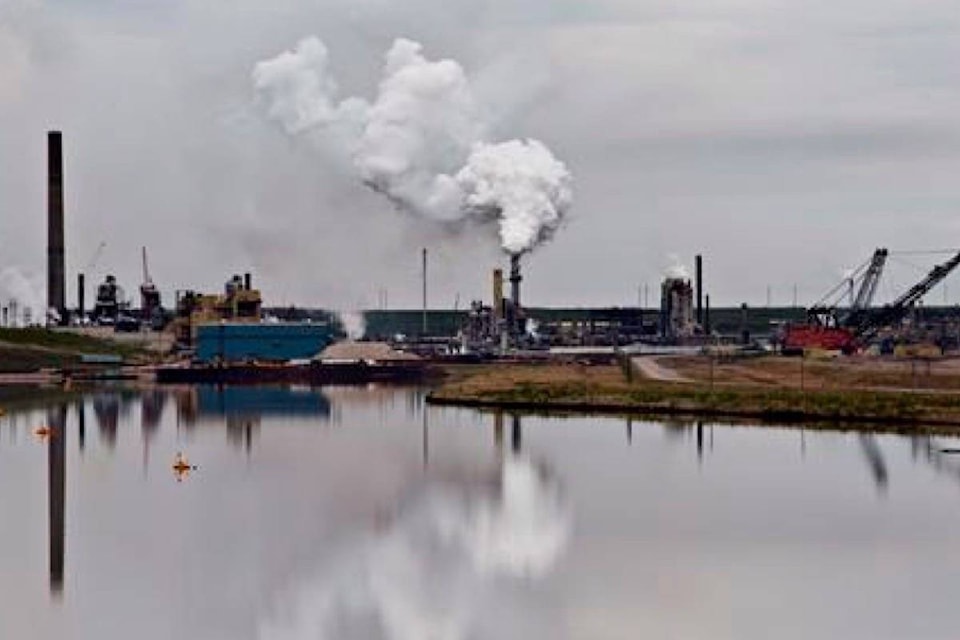For Canada to try to get emissions credits for exporting even more fossil fuels — liquified natural gas to Asia — is preposterous and will not reduce global emissions as the government claims, says a Canadian Centre for Policy Alternatives senior economist.
The federal natural resources minister has confirmed that Canada hopes to use a clause in the Paris Agreement on climate change for such emissions credits, which economist Marc Lee says is nonsensical.
“Despite what the minister says, it’s a lie that LNG will help reduce global emissions. No one should take such claims seriously,” says Lee of the CCPA’s BC office.
The federal government argues that LNG is a cleaner energy source than coal, which is widely used in Asia to generate electricity.
“It’s plausible that LNG from BC could displace coal use in China, but it could also contribute to higher overall energy demand, adding to emissions on top of coal. Or LNG could displace renewables in China’s evolving energy mix,” he said.
“The grain of truth upon which this claim is made is simple: at the point of combustion, gas is about half as emissions-intensive as coal to deliver the same amount of energy. However, getting gas to the point of combustion is an incredibly energy-intensive endeavor,” Lee explains.
Accessing LNG means drilling two or more kilometres below the earth and then horizontally drilling with a mix of water and chemicals to ‘frack’ gas that is trapped in rock. This fracked or unconventional gas constitutes 87 per cent of BC’s gas production.
“Once it reaches the surface, the gas must be piped to processing plants, requiring more energy, impurities are stripped out and then the gas goes by pipeline to the coast to be liquefied before it can be put on a tanker for export to Asia,” Lee explained, adding that each process leads to greenhouse gas emissions and substantially reduces the emissions advantage relative to coal.
“Rather than indulging in dangerous wishful thinking that LNG is a solution to climate change, the federal government should start living up to its own Paris Agreement commitments because with the pathway we’re on, we’re not even close to meeting our 2030 target,” Lee says
Canada has pledged to cut its emissions by 30 per cent below 2005 levels by 2030. As of 2017, Canada’s emissions were less than one per cent below 2005 levels. That’s because Canada has failed to rein in emissions from its growing oil and gas production, Lee says.
“Even to the limited extent that a country like China can reduce its emissions by switching from coal to gas, it’s not suddenly going to hand over emissions credit for that to Canada. That’s not now emissions accounting works.”
CCPA - Canadian Centre for Policy Alternatives
